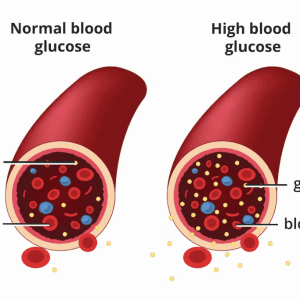Ear infections are no joke—they can be incredibly uncomfortable, downright painful, and quite disruptive to your daily routine. While they’re often associated with young children, adults are not immune to them either. In fact, about 20% of adults will experience an ear infection at some point in their lives. If you’ve ever had that familiar throbbing pain or persistent itch, you know just how unpleasant it can be. Knowing the signs of an ear infection early can make all the difference in seeking prompt treatment.
1. Pain or Discomfort: Your Ear’s First Warning Signal
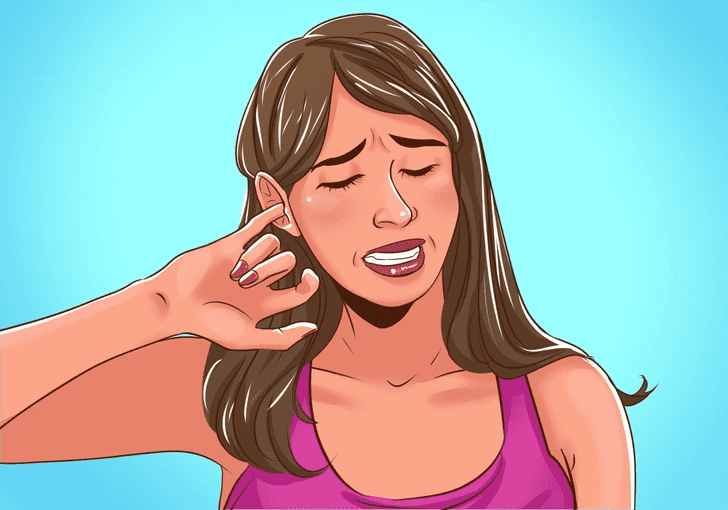
Pain is often the most noticeable sign that something’s not right with your ear. You may feel a dull ache or sharp discomfort, especially when you press on the tragus (the small, pointed flap in front of your ear canal) or pull on your earlobe. Sometimes, the pain can even spread to your face, neck, or the side of your head, making it hard to ignore.
As the infection progresses, you might feel a sense of fullness or pressure inside your ear, almost like it’s blocked or swollen. In severe cases, the pain can intensify to the point where even talking or chewing becomes challenging. If you’re experiencing any of these symptoms, it’s best not to wait—get it checked out before it worsens.
Video:
How To Spot Symptoms Of An Ear Infection
2. Redness Inside and Outside the Ear: A Visual Clue
Redness is another common symptom of an ear infection and can appear both inside and outside the ear. Typically, it starts as a slight flush inside the ear canal but can extend to the outer ear as the infection worsens. This is particularly common with bacterial infections, which tend to cause inflammation and irritation.
If the redness persists or spreads, it could indicate a more severe infection that requires medical intervention. Keep an eye out for this visual cue, as it often accompanies other symptoms like pain and swelling.
3. Persistent Itchiness: A Subtle but Telling Sign
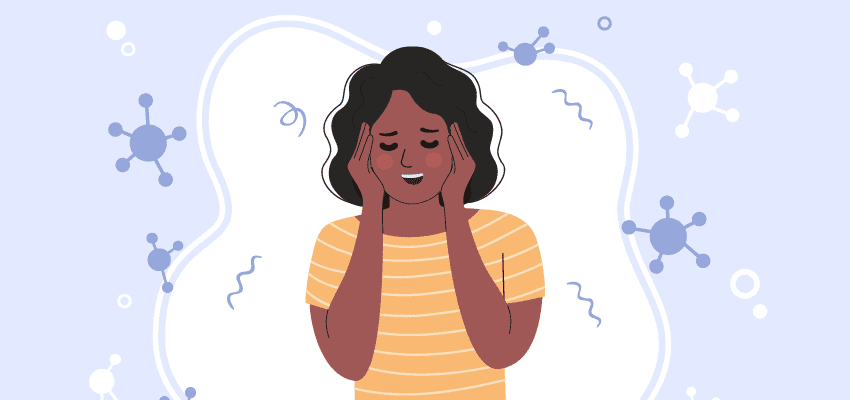
Itchy ears might not seem like a big deal at first, but persistent itchiness can be an early indicator of an ear infection. This sensation often begins in the inner ear canal and becomes increasingly uncomfortable if left untreated.
While it’s tempting to scratch or stick objects in your ear to relieve the itch, resist the urge! Doing so can introduce more bacteria, making the infection worse. Instead, use over-the-counter eardrops designed to soothe irritation or seek advice from a healthcare professional.
4. Drainage of Odorless Fluid: A Clear Sign Something’s Wrong
Ear infections can cause fluid to drain from the ear, and while it might seem alarming, it’s a common symptom. This drainage typically starts out clear and odorless, but as the infection progresses, it may become thicker and yellowish.
Though it might feel relieving when fluid drains and reduces pressure, it’s a sign that your ear needs attention. Sometimes, the fluid can even appear cloudy or mixed with blood, indicating a more severe infection that shouldn’t be ignored.
5. Swollen Lymph Nodes in the Neck: Your Body’s Defense Response
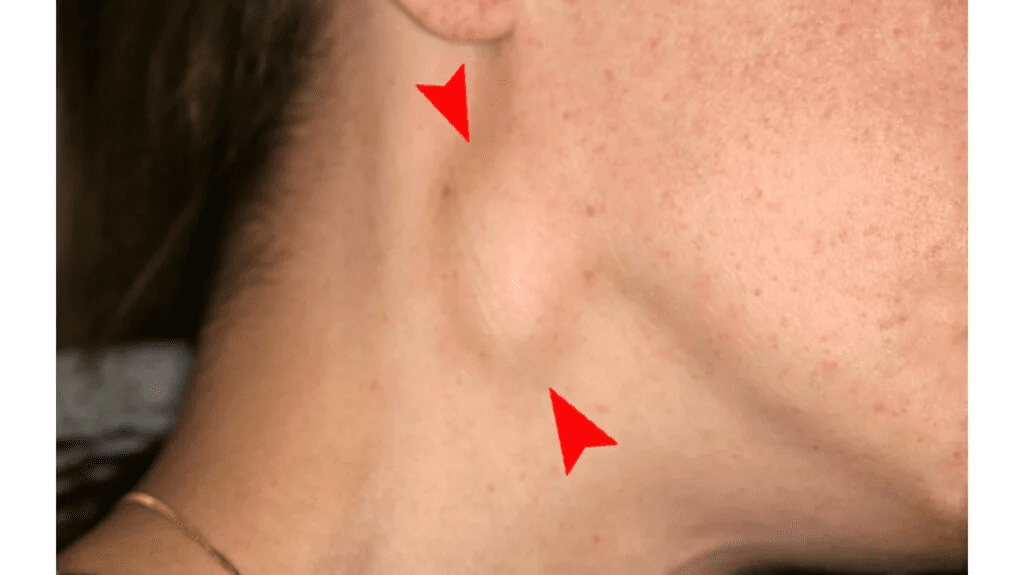
When your body fights off an infection, your lymphatic system kicks into gear, and swollen lymph nodes in your neck are often the result. This swelling can be tender to the touch and may coincide with a mild fever.
Your lymph nodes act as filters, trapping bacteria and viruses, so swelling indicates that your body is working hard to combat the infection. However, if the swelling doesn’t subside or becomes painful, it’s time to see a healthcare professional. Persistent lymph node enlargement could mean the infection has spread beyond your ear.
Video:
How To Spot Symptoms Of An Ear Infection
6. Muffled Hearing or Ringing in the Ears: When Sound Becomes Distorted
One of the most frustrating symptoms of an ear infection is changes in your hearing. You might notice that sounds become muffled or that there’s a persistent ringing noise, known as tinnitus. This happens because inflammation and fluid buildup block the ear canal, interfering with sound transmission.
While mild cases may resolve on their own, prolonged or severe hearing loss should not be taken lightly. If your hearing doesn’t improve after a few days, consult an ear specialist to assess the situation.
Simple Steps to Prevent Ear Infections
Now that you know the symptoms, let’s talk about how to prevent ear infections from occurring in the first place. Adopting a few good habits can significantly reduce your risk.
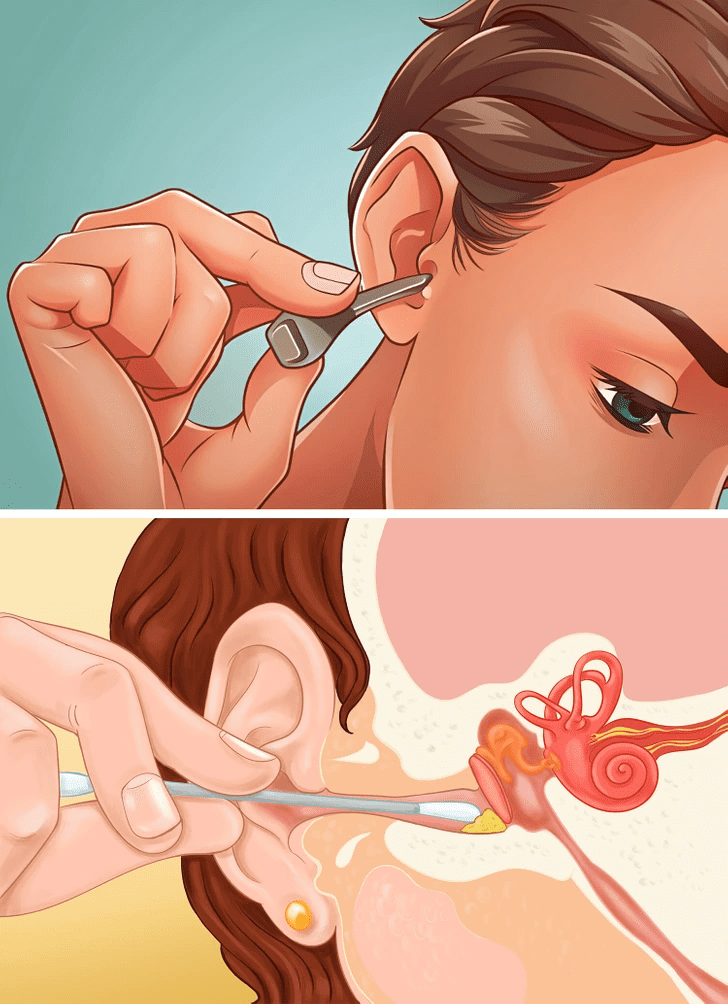
- Avoid Using Cotton Swabs or Foreign Objects: Cleaning your ears with cotton swabs can push wax deeper into the canal, potentially causing blockages and irritation. Stick to gentle cleansing with a damp cloth around the outer ear.
- Keep Your Ears Dry: Moisture in your ear canal creates an ideal environment for bacteria to thrive. After swimming or showering, tilt your head to drain water, and use a soft towel to pat your ears dry.
- Use Earplugs When Swimming: If you’re prone to infections, consider wearing waterproof earplugs to keep water out. A well-fitted swimming cap can also help keep your ears dry.
- Boost Your Immune System: Eating a balanced diet, staying hydrated, and getting enough sleep can strengthen your body’s defenses, making it less likely for infections to take hold.
- Practice Good Hygiene: Regular hand washing and avoiding sharing personal items like earphones can prevent the spread of bacteria and viruses.
When to Seek Medical Attention
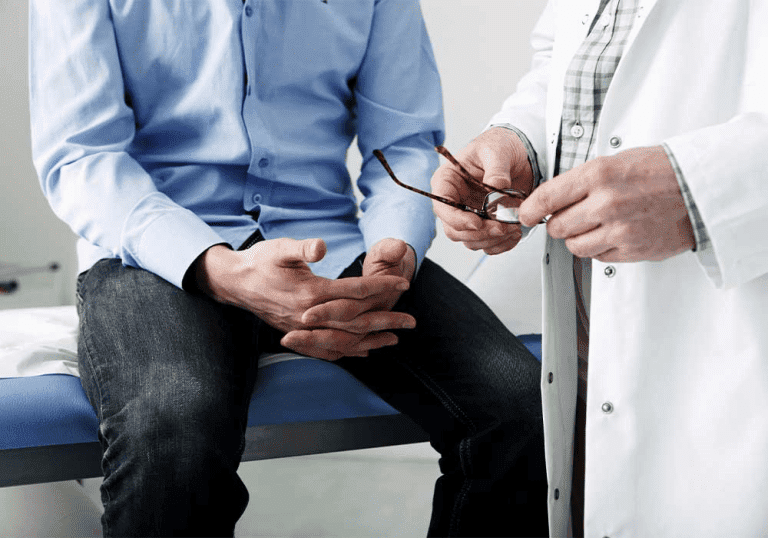
While some ear infections clear up on their own, it’s important to know when to seek help. If your symptoms persist for more than a few days, the pain intensifies, or you develop a fever, don’t delay getting professional advice. Early diagnosis and treatment can prevent complications like hearing loss or the spread of infection.
Your healthcare provider may recommend antibiotics if the infection is bacterial or suggest pain relievers to manage symptoms. In some cases, warm compresses and over-the-counter eardrops may also provide relief.
Conclusion: Listen to Your Ears
Ear infections can be more than just an annoyance—they can disrupt your daily life and, if left untreated, lead to more serious complications. By recognizing symptoms like pain, redness, itchiness, fluid drainage, swollen lymph nodes, and hearing changes, you can take swift action to protect your ear health.
Don’t wait for the discomfort to get worse. Listening to your body’s signals and seeking prompt medical attention can make a significant difference in your recovery. Take preventive measures, pay attention to the warning signs, and make your ear health a priority. Your ears will thank you!

